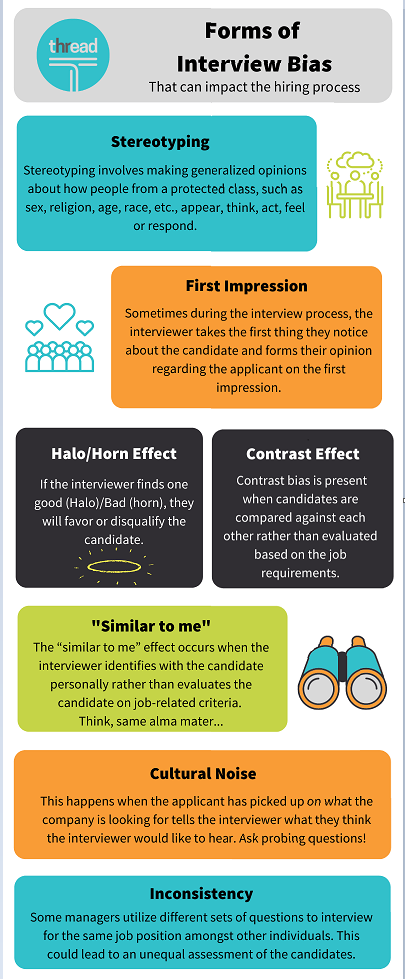The interview is one of the most critical stages in the evaluation process as it can help ensure the best-qualified candidate is hired for the position. While the purpose of the interview is to collect additional information about the candidate’s job-related experience, knowledge, and skills, it is also an opportunity for the candidate to evaluate the unit and the University. Please review the following requirements and recommendations for creating a welcoming, inclusive, and successful interview process.
For additional information related to the below tabs, please see the CSU Search Manual.



